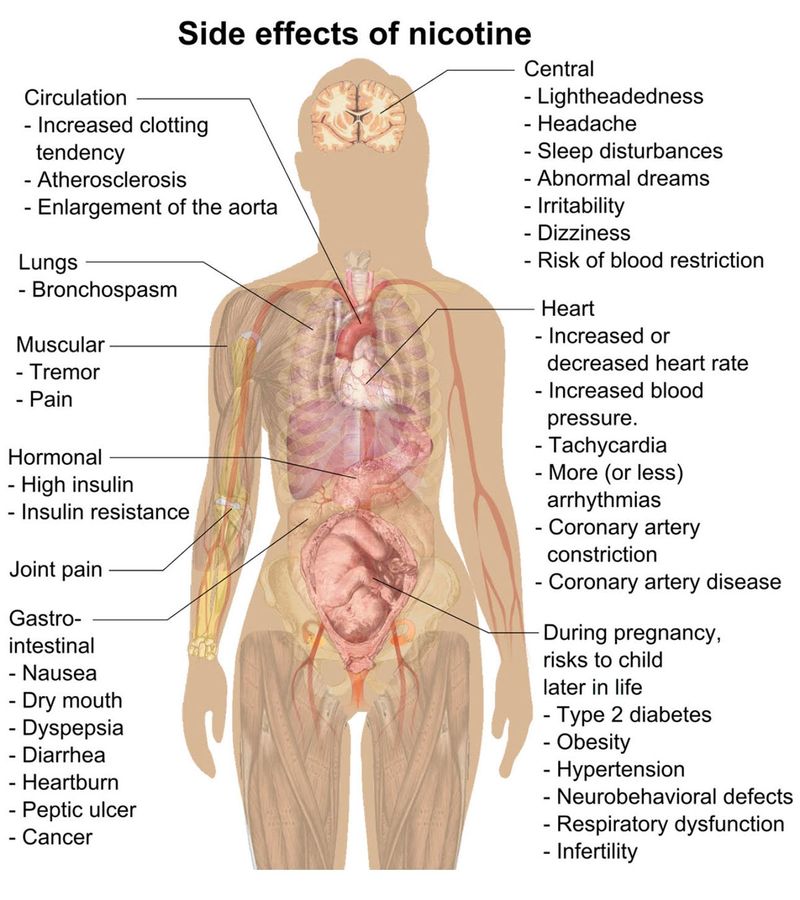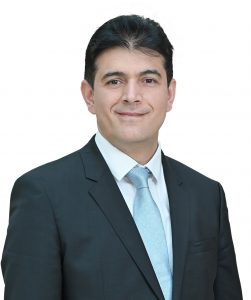Experts are calling for a more robust anti-smoking campaign as tobacco use emerges as a severe public health issue, significantly impacting the healthcare system and quality of life.
Studies consistently show that smoking severely harms the cardiovascular, respiratory, and musculoskeletal systems, among others. Nicotine also “stops” cancer-fighting proteins.
In an interview with Gulf News, Dr. Syed Khurram Mushtaq Gardezi, a consultant cardiologist at Sheikh Shakhbout Medical City, highlighted these health concerns ahead of the World No-Tobacco Day, observed on May 31 each year. He cited in particular the dangers of “medwakh” and e-cigarettes, while advocating for stronger anti-smoking initiatives.
“There is a great risk to human health due to smoking. Smoking tobacco damages your heart and blood vessels (cardiovascular system), increasing your risk of heart disease and stroke. Smoking is a major cause of coronary heart disease (CHD), in which the arteries of the heart can’t supply the heart muscle with enough oxygen-rich blood.”
Medwakh
Then, there’s the mistaken belief that “medwakh”, a smoking pipe used in Arabia to smoke loose tobacco known as “dokha”, is “safer”.
It is not: One medwakh session can be the equivalent of smoking five to ten cigarettes in terms of nicotine intake.
Research has revealed that “medwakh” contains much higher nicotine and tar levels than cigarettes – despite the widespread belief that medwakh and shisha are “safer”.Medwakh can cause many of the same diseases as cigarettes cause, including lung cancer, chronic obstructive pulmonary disease (COPD), and coronary artery disease, the cardiologist warned.
The danger of e-cigarettes
As for e-cigarettes, they’re no better.
Dr. Gardezi said: “The use of e-cigarettes by smokers trying to quit has no beneficial impact on health, as there is insufficient evidence on their effectiveness as smoking cessation aids.”
Diseases caused by smoking
Dr. Gardezi pointed out that the most common diseases caused by smoking are:- Cardiovascular System: Hypertension, atherosclerosis – narrowing in the blood vessels, thrombosis – clot formation, Coronary artery disease, Tachycardia and Arrhythmias.
- Respiratory System: Chronic obstructive, pulmonary disease (emphysema/chronic bronchitis) and lungs cancer.
- Musculoskeletal System: Spinal disc degeneration, joint pain and tremors.
- Gastrointestinal System: Peptic ulcer, heartburn/dyspepsia and gastrointestinal cancer.

UAE efforts

According to a study conducted in a number of UAE universities, medwakh use has become the most common tobacco product, accounting for 47.5 per cent among young smokers, followed by 44 per cent of e-cigarettes.
As for the ongoing national efforts and policies in place to combat smoking in the UAE, Dr. Gardezi says: “The Department of Health Abu Dhabi has an active ongoing campaign regarding smoking cessation – providing information through electronic and social media outlets, arranging smoking cessation awareness sessions, providing smoking cessation clinics and information leaflets across the Emirate in the same respect.”
Protecting children
The UAE is also fighting to protect adolescents below 18 years old from smoking, Dr. Gardezi said: “We have to raise awareness regarding the harmful effects of smoking and in particular of the traditional medwakh and e-cigarettes.”
“According to a study conducted in a number of UAE universities, medwakh use has become the most common tobacco product, accounting for 47.5 per cent among young smokers, followed by 44 per cent of e-cigarettes. This can be achieved by arranging smoking cessation awareness sessions in the secondary schools, colleges and universities across the Emirate as well as by making full use of social media and electronic media, running active smoking cessation campaigns – such as biking/hiking/marathon events with the active involvement of the youth.
“Perhaps name a month in a year to launch and celebrate/commemorate such campaigns, such as STOP-TEMBER (relating to stopping smoking in September.)”
Dr. Gardezi concluded: “In the Middle East and, specifically the Arabian Gulf region, cigarette smoking has warranted and garnered serious public health concern.
“Among adults in this region, the point prevalence of active cigarette smoking was approximately 24 per cent in men and 1 per cent in women, according to one of the largest surveys of adult tobacco use in the UAE. Further, it has been reported that 82 per cent of students have tried their first cigarette before the age of 14-1/2.”
NO-TOBACCO DAY
- The World No-Tobacco Day is observed globally on May 31 each year.
- It aims to raise awareness about the dangers of tobacco use and promote policies to reduce its consumption.
- In 1987, Member States of the WHO established World No Tobacco Day, to draw global attention to the tobacco epidemic and the preventable deaths and diseases it causes.
- That same year, the World Health Assembly passed Resolution WHA40.38, calling for April 7, 1988, to be recognised as “World No Tobacco Day”.
It has been noted that tobacco and cigarette manufacturers target young people for lifelong profits, creating a new wave of addiction.
Children use e-cigarettes at higher rates than adults in all regions. Globally, an estimated 37 million youth between the ages of 13 and 15 use tobacco.
Source: Gulf News






